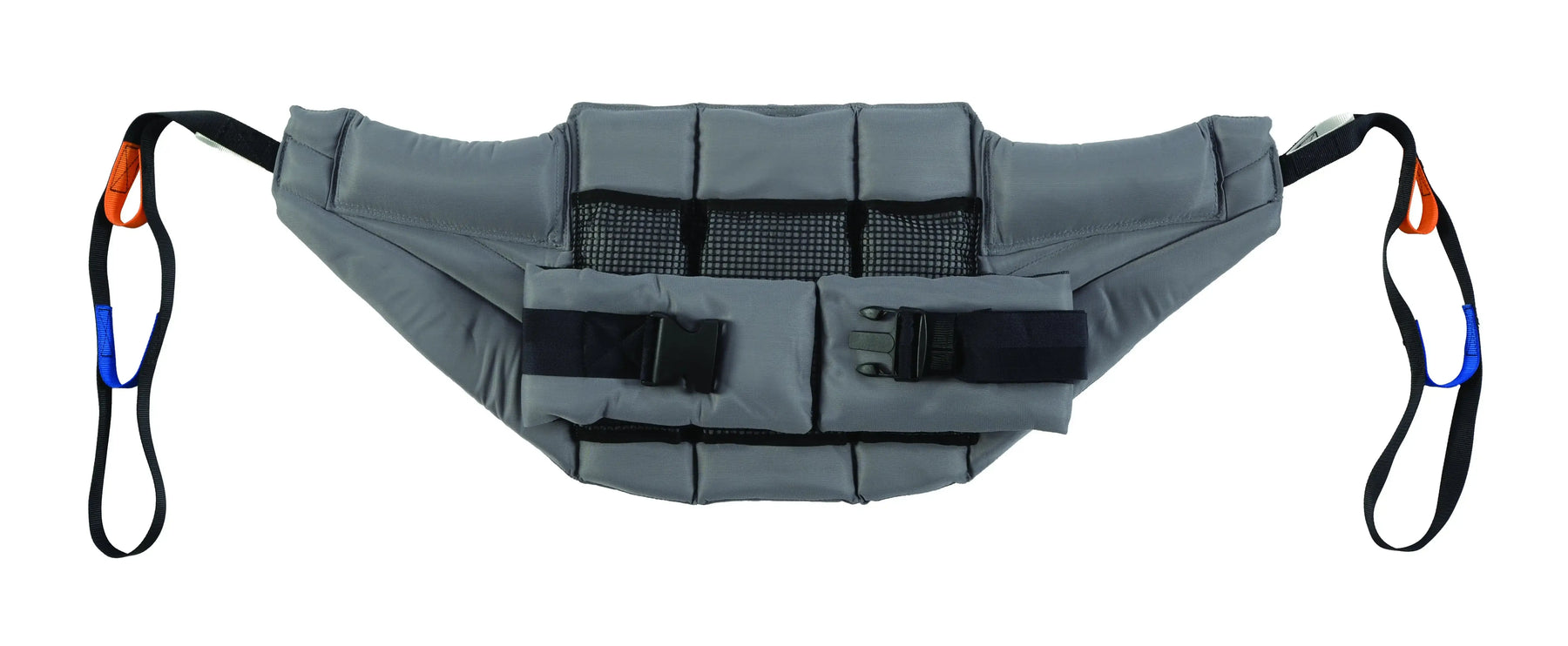New research show increasing pollution in Louisiana’s Cancer Alley, which raises new questions regarding public health hazards and inadequate regulations
Ethylene oxide levels in Louisiana’s Cancer Alley are more than twice the recommended risk threshold imposed by federal recommendations, according to a 2024 study conducted with real-time monitoring technologies. This finding implies that earlier estimates of the actual degree of harmful air pollution in the area greatly understated it. Long complaining of respiratory problems, cancer diagnosis, and other major health issues, residents near industrial sites have long voiced their worries; the new data offers disturbing validation of these claims. Many people in the community have started visiting a Louisiana Cancer Alley attorney to learn their legal options in response to the results. Seeking justice for the environmental damage they think they have endured, people and families filing a Louisiana Cancer Alley lawsuit are becoming more and more common. Given the chemical’s designation as a strong carcinogen, the high ethylene oxide levels really worry me since long-term exposure could greatly raise cancer risks. Residents and activists contend that the new data should inspire quick action to safeguard public health, but until far official government reactions have been hesitant and cautious. The results of the study have sharpened demands for more intensive monitoring, tougher emissions regulations, and complete disclosure of industrial pollution levels to surrounding towns. Many citizens believe that only by means of legal action can they force businesses and government agencies to confront the hazards that have been left to linger for decades.
Real-time pollution data has sparked discussion on the suitability of present environmental control in Cancer Alley, an area already suffering some of the highest cancer rates in the nation. While pushing for more strong legislative actions and independent health investigations, advocacy groups have rapidly mobilized to inform neighbors about the consequences of the results. Residents expressing annoyance, anxiety, and anger over the disclosure that they have most certainly been exposed to higher-than-reported hazardous levels for years have crowded community forums and town halls. Environmentalists also want state and federal agencies to review earlier risk analyses based on obsolete or insufficient data. Some analysts think that the recently recorded ethylene oxide levels could form a solid basis for the next litigation, therefore redistributing the power towards affected populations. Attorneys defending citizens are developing new legal plans based on real-time data proving carelessness and public health failure to be protected. Concurrently, local industrial operators are under increasing public pressure to freely lower emissions and implement more open reporting policies. Though the long-term effects of the study are yet unknown, it has given locals fresh hope that permanent transformation is possible. Working closely with impacted families, legal teams are assessing whether revised environmental data supports the opening of new claims. The results have also attracted national attention, bringing Cancer Alley once more into the larger debate on environmental racism and the unfair load of industrial pollution on minority populations. Residents and supporters are getting ready for a protracted fight for justice, cleaner air, and more industry responsibility as momentum grows from nearby businesses.



